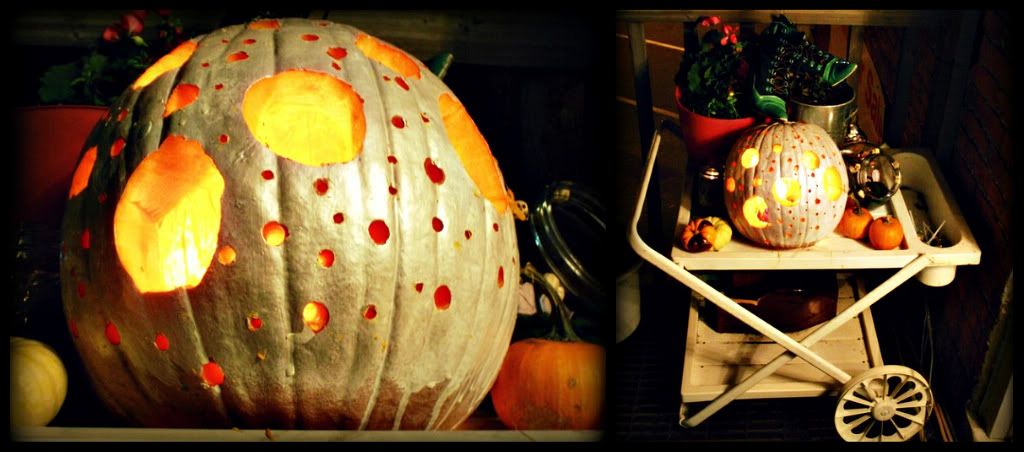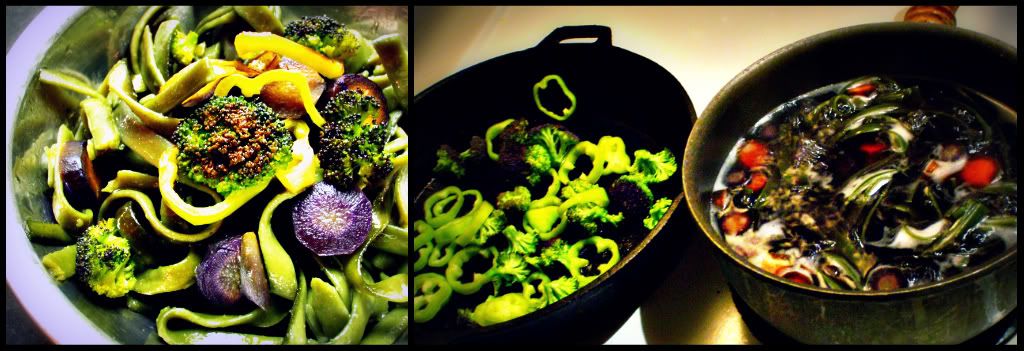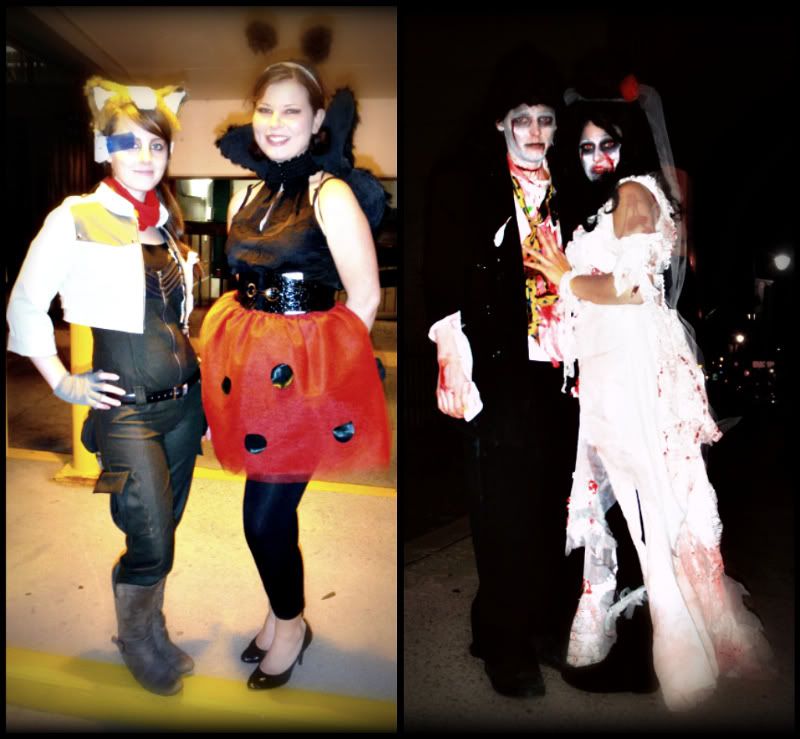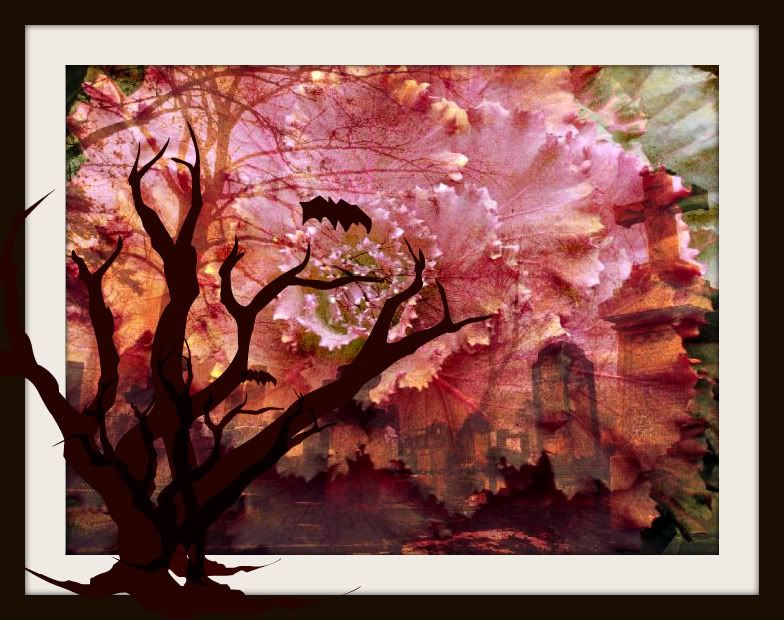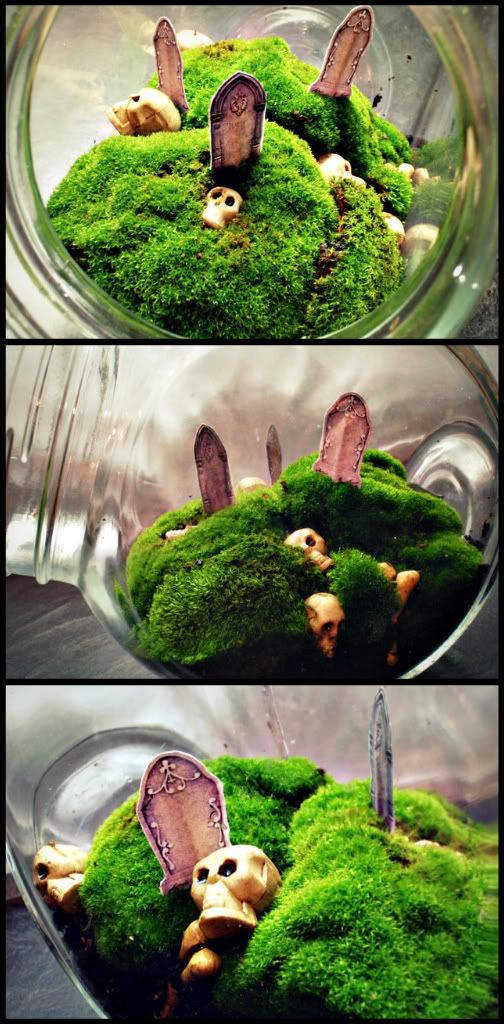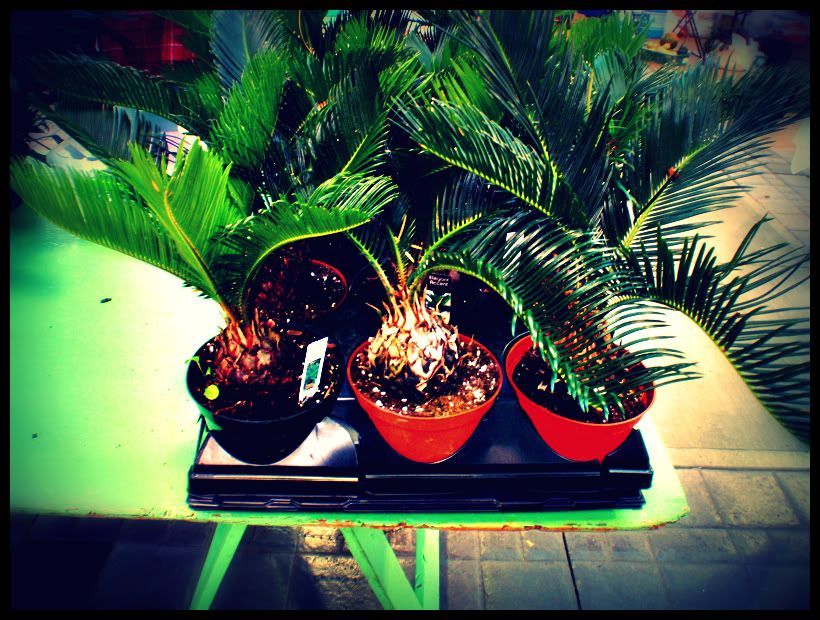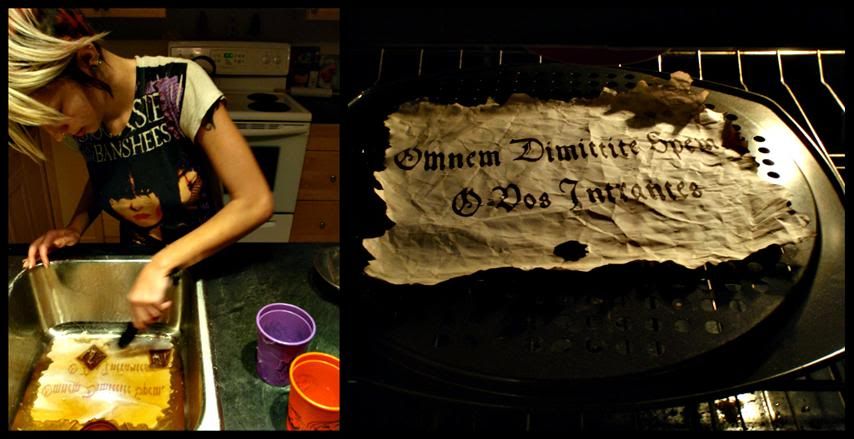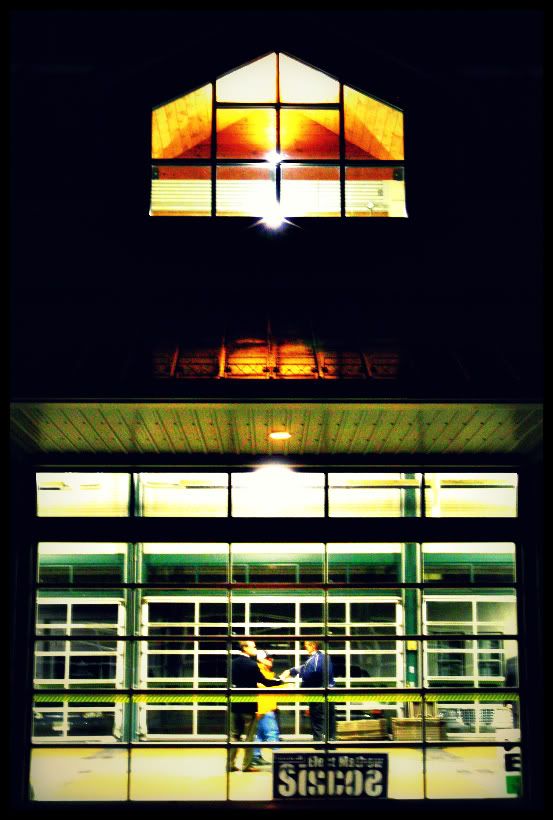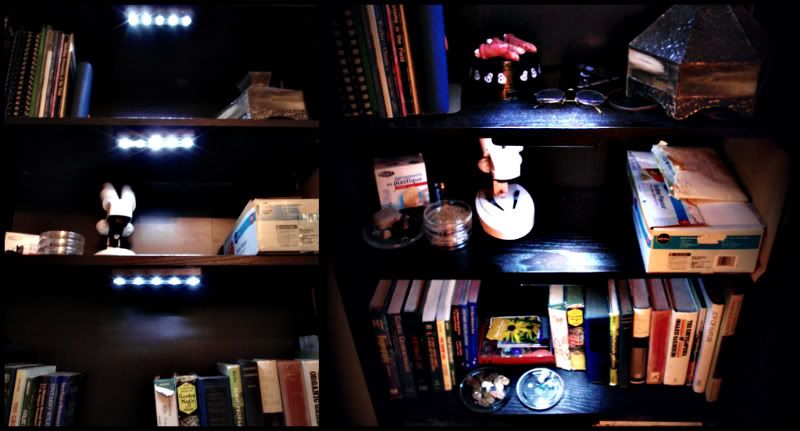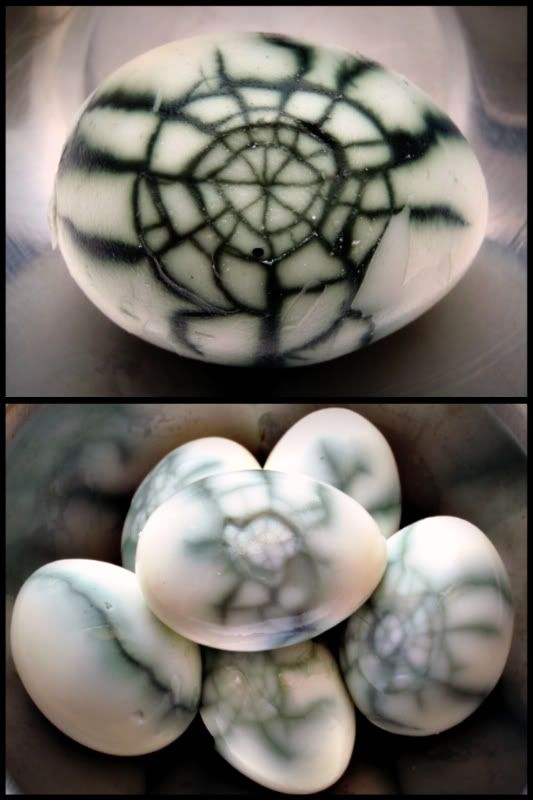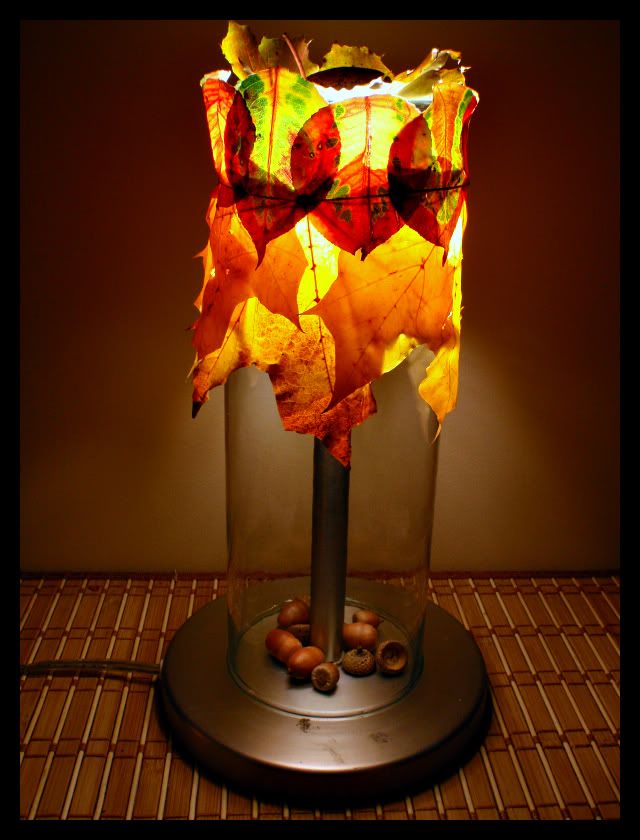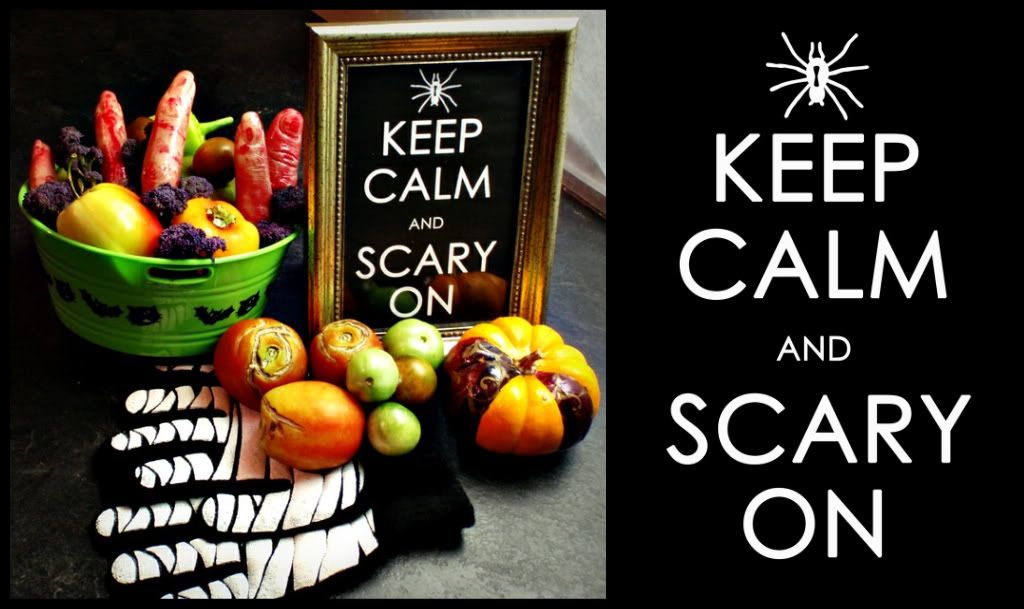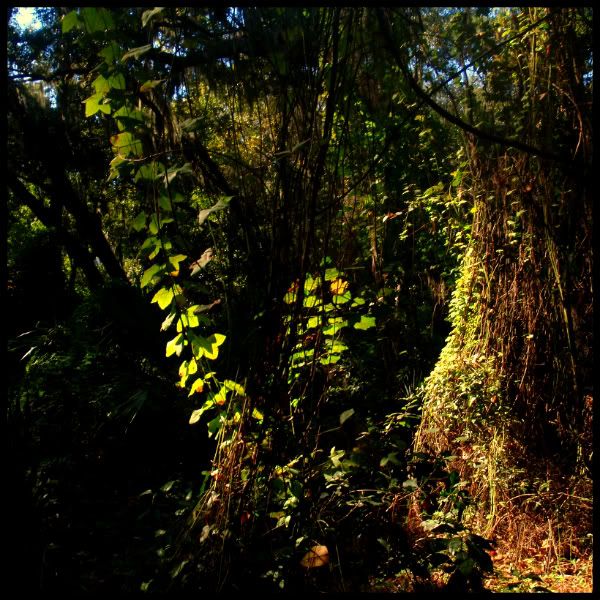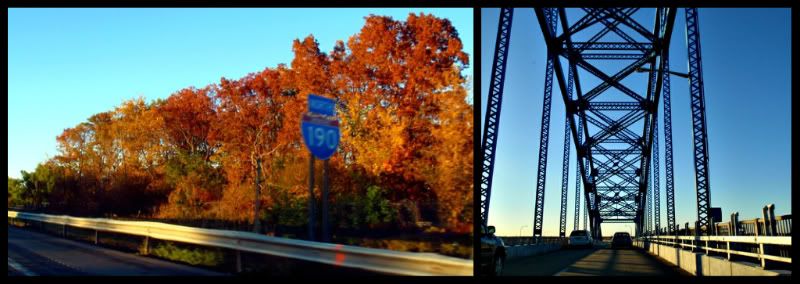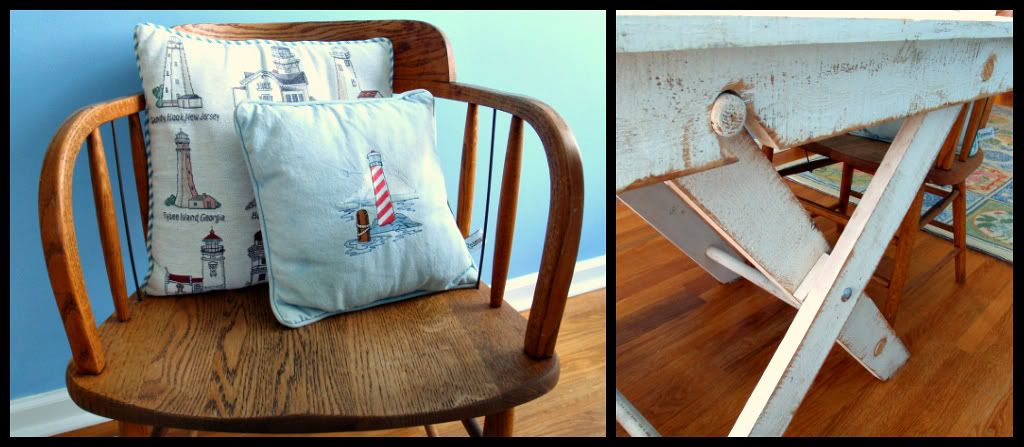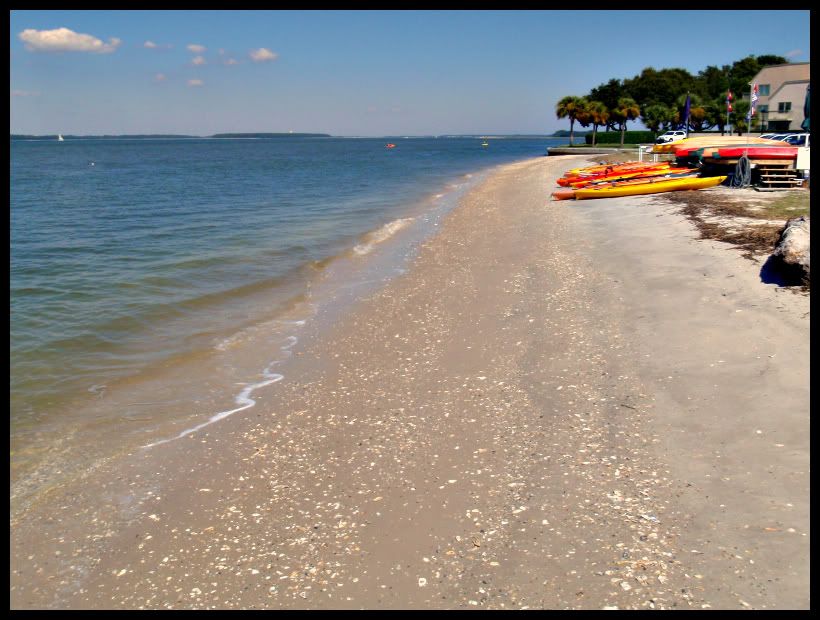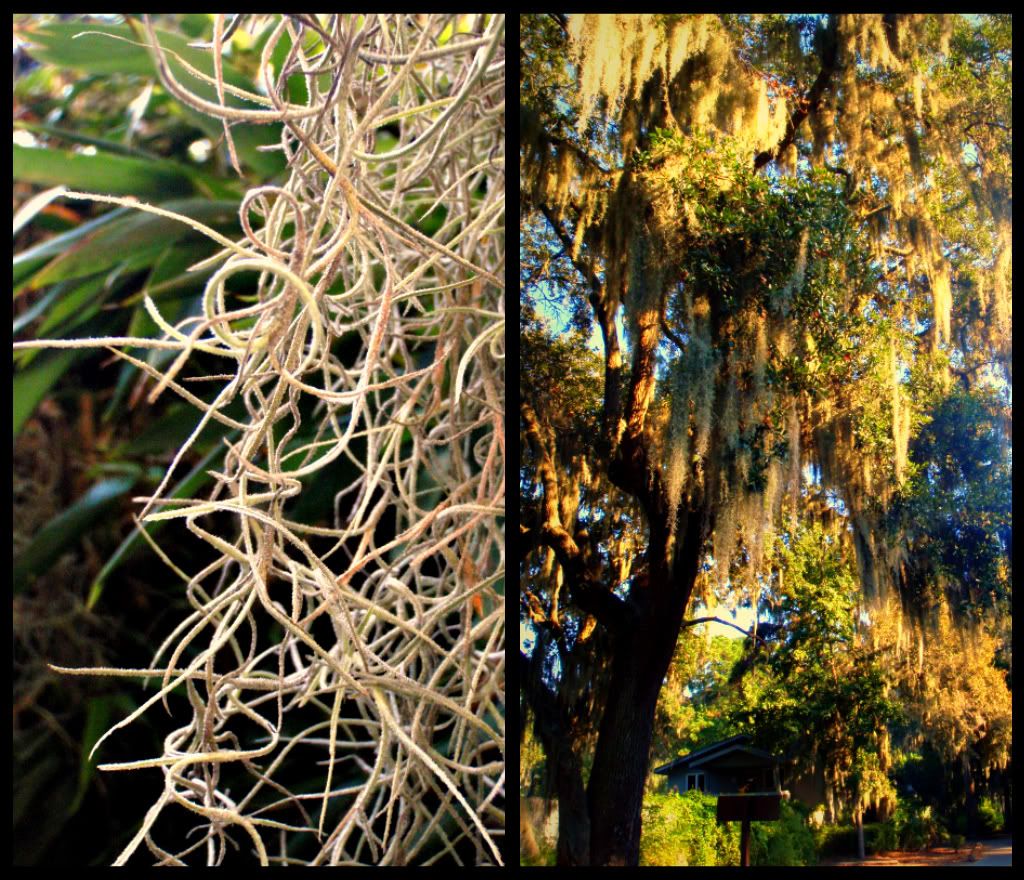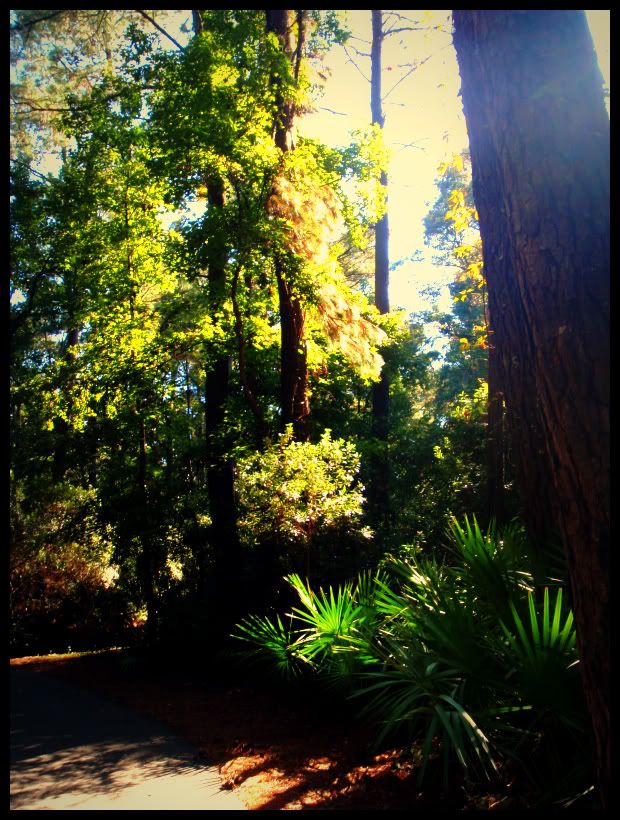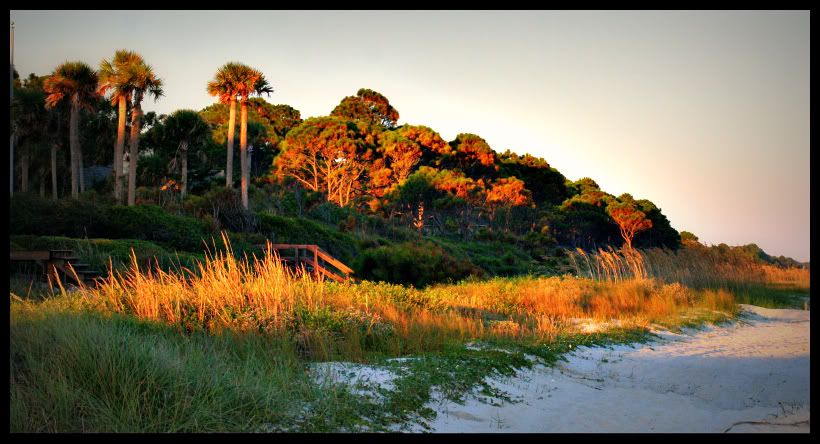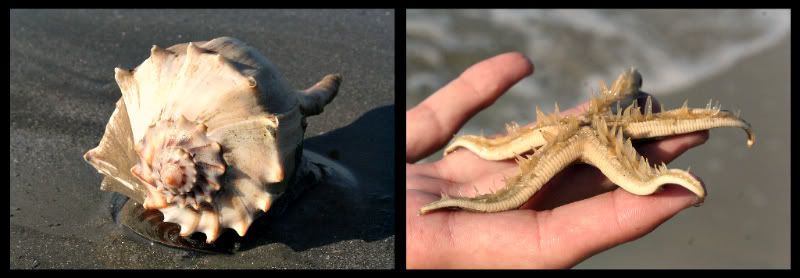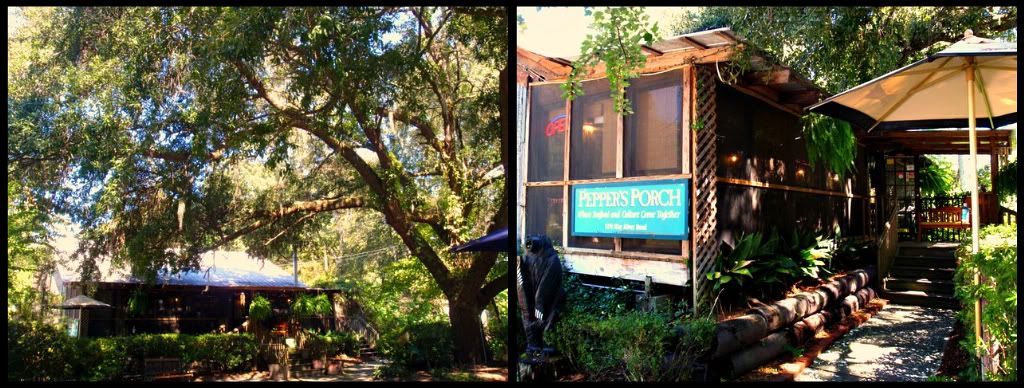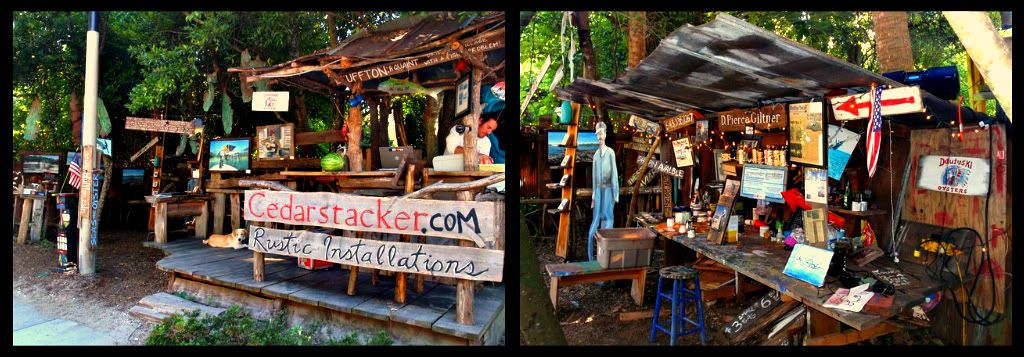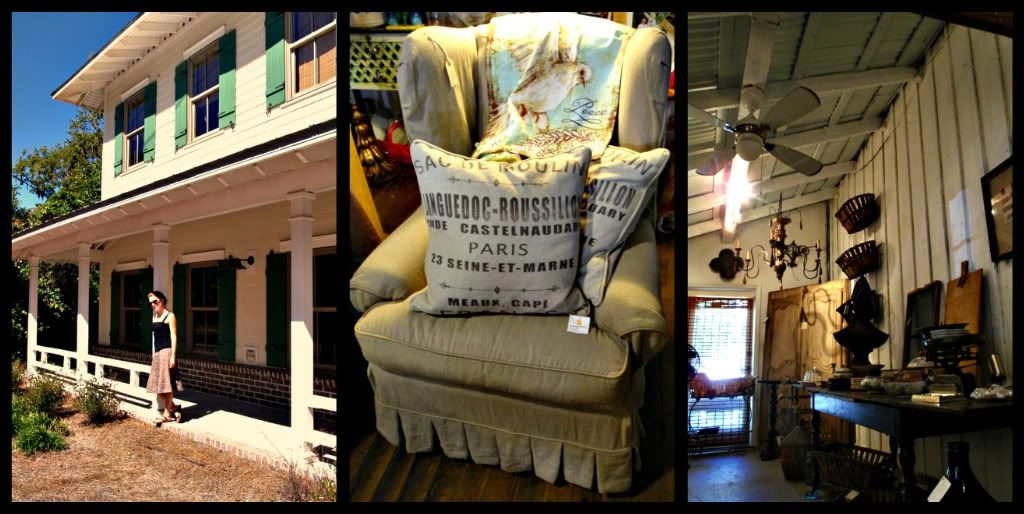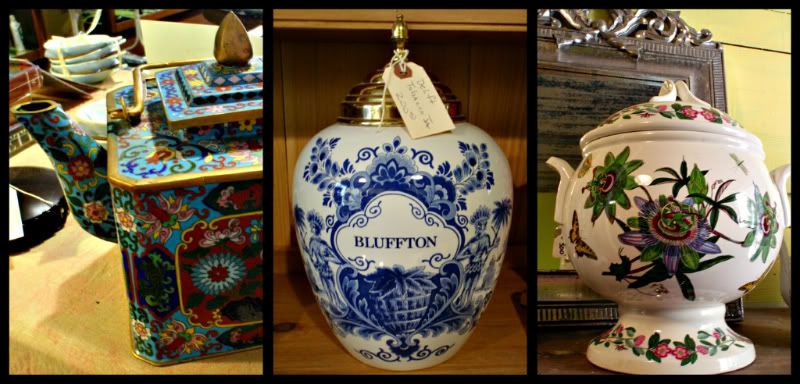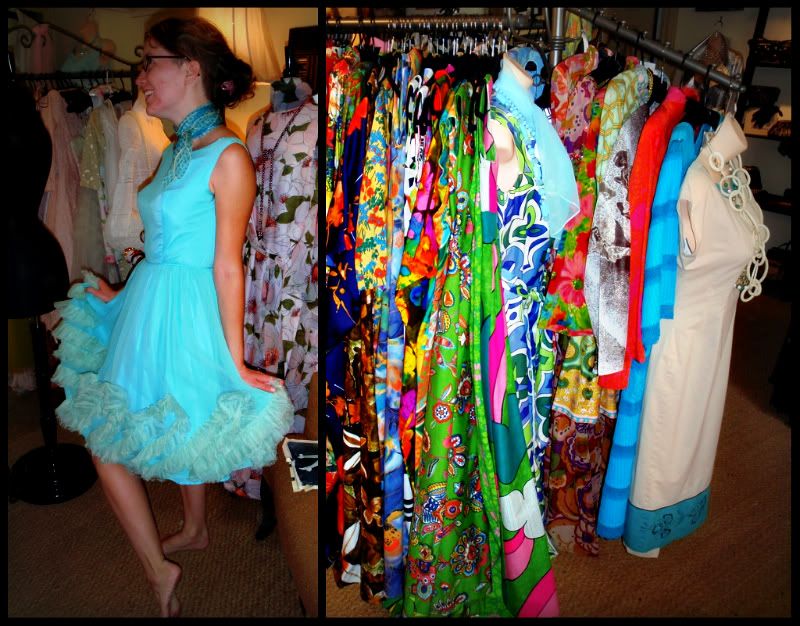I went out to vote in my Municipal elections today (
#VoteSTC) but apparently I was in the distinct minority. On the other hand, with a voter turnout of roughly 30%, every single vote is very important! My city councillor Mat Siscoe won by a margin of around 500 votes and his friend Marty Mako in Port Dalhousie lost by only 26! Contrary to most people's opinion which is that municipal politics doesn't matter, for "locavores" and community supporters, and as a short term resident of the city this is the best type of election.
Quick refresher:
~in this type of election we vote for:
-Mayor
-Regional Council
-City Council
-School Board Trustees
~this level of Government affects:
-emergency services: police/fire/ambulance
-utilities, sewage, water, waste
-arts & culture funding, libraries
-municipal parks, urban forestry, street trees
-education, school board, public sports
-transit and local roads (paving, construction)
-city development, zoning, bylaws
-municipal taxes and budgeting
For locavores like myself, some important issues fall under municipal legislation and administration. For example, the right to raise chickens within the city limits was a bylaw amendment, and issues such as bike lanes on city streets or extended bus hours/routes are definitely decided by city council. Zoning issues, such as keeping a vibrant entertainment district separate from quiet residential streets or limiting the sprawl of subdivisions is the responsibility of the mayor and city council. Our electricity and water is administered through regional or municipal public corporations so advocating for green energy is done through the local and regional administration. Even green buildings codes and practices, such as St. Catharines first green roof on the Lock 3 viewing centre are voted on by city councillors as are forward thinking green policies such as the city's ban on pesticide use which predated the province-wide legislation. Local representatives are called such because they represent a very precise section of the community, they live here right among us and have the same vested interest to have local ideas represented.
I'm glad to have
Mark Elliott representing Ward 4 again as he has done a great job advocating for arts and culture in the downtown, while still preserving our heritage charm. And I'm glad to welcome my favourite candidate
Mat Siscoe (seen above campaigning late into the night), the youngest councillor I've ever been represented by - I'm really glad to witness a new generation getting involved at all levels of local politics!



